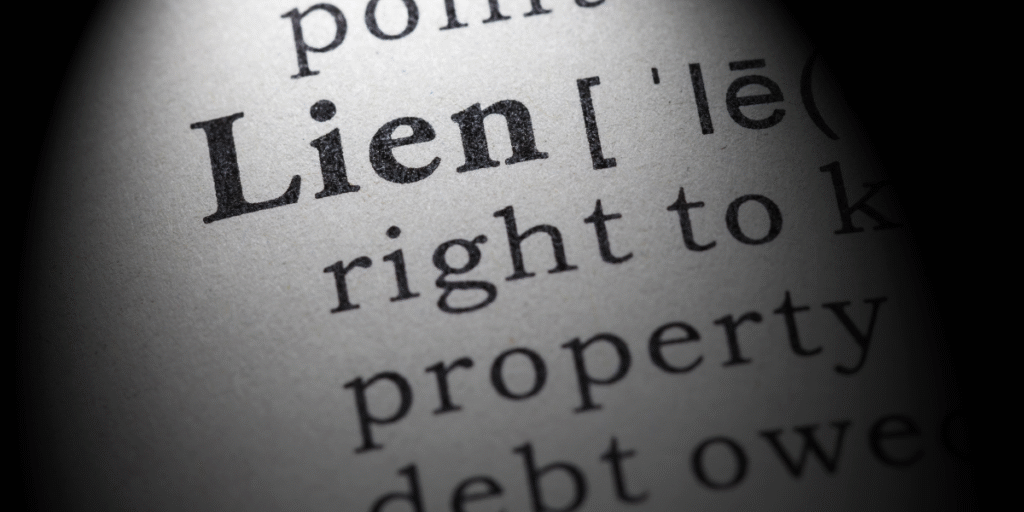You know that feeling when you check your bank account and it’s a little… lighter than you expected? It’s a universal dread, like realizing you’ve been walking around all day with spinach in your teeth. But what if it’s not just your questionable spending habits? What if someone else is taking a slice of your hard-earned pie before it even gets to your plate? If that someone is the IRS, you might be dealing with a wage garnishment.
What in the World is Wage Garnishment?
Wage garnishment is a fancy legal term for when a creditor takes money directly from your paycheck to satisfy a debt. It’s like having an uninvited roommate who doesn’t help with the rent but definitely helps themselves to your food.
While creditors for everything from child support to unpaid credit card bills can get a court order to garnish your wages, one of the most notorious fans of this method is the IRS. And they play by a different set of rules.
The IRS Process: No Courtroom Required
Thankfully, you don’t live in a world where a grumpy gnome can just decide he’s taking a portion of your income. There’s a process. For most creditors, this involves going to court. The IRS, however, can skip that step.
They have the authority to garnish your wages administratively. This process starts long before your paycheck shrinks. First, the IRS assesses a tax and sends you a bill. If that’s ignored, they’ll send a series of notices, culminating in a “Final Notice of Intent to Levy and Notice of Your Right to a Hearing.” This is their not-so-subtle way of saying, “We’re serious.”
Once that notice is sent and the deadline passes, they can legally order your employer to withhold a portion of your pay. Don’t get mad at your HR department; they’re just following federal law.
Your Options for Getting Your Paycheck Back
If you’re in this sticky situation, don’t panic. You have options. It’s not like trying to put toothpaste back in the tube. Here are a few ways you can work with the IRS to stop the garnishment:
- Pay the Debt: The most straightforward solution. Paying what you owe in full will end the garnishment immediately.
- Set Up a Payment Plan: Contact the IRS to arrange an Installment Agreement. If they approve a payment plan, they will release the wage garnishment.
- Negotiate a Settlement: You can submit an Offer in Compromise (OIC), which is an agreement to settle your tax debt for less than the full amount you owe. An OIC is generally accepted when you can prove you don’t have the ability to pay the full amount.
- Plead Hardship: If you can prove that the garnishment is causing you significant economic hardship (meaning you can’t afford basic living expenses), the IRS may agree to temporarily pause collections and declare your account Currently Not Collectible.
The Silver Lining: Not All of Your Money is Up for Grabs
Here’s where IRS rules really differ. While most creditors are limited by the Consumer Credit Protection Act (CCPA), the IRS isn’t. They don’t just take a flat 25%.
Instead, the IRS calculates a specific amount you’re allowed to keep per paycheck, and they take the rest. This exempt amount is based on your filing status, pay period, and the number of dependents you claim. The goal is to leave you with enough for essential living expenses, but their idea of “essential” might be a bit leaner than yours.
Furthermore, unlike other creditors, the IRS can go after federal payments through the Federal Payment Levy Program (FPLP). This means they can take a portion (usually 15%) of payments like:
- Social Security benefits
- Veterans’ benefits
- Federal and military retirement
So, while an IRS wage garnishment is no picnic, it’s not the end of the world. By understanding the process and acting quickly, you can navigate your options and get back to enjoying your whole paycheck. And maybe, just maybe, you’ll have enough left over for that extra guacamole.




